Featured Products
-
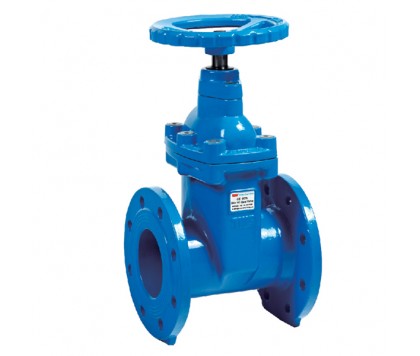
BS5163 16Bar Rubber sealing Gate Valve Ductile Iron GGG40 Flange Connection with gear box
EZ series standard is DIN3352/BS5163;
Size:DN 50~DN 1000
Pressure: PN10/PN16 -

DN600 Lug Type Butterfly Valve in ductile iron GGG40 GGG50 SS with Handle Lever
DN100 PN10/16 Small Water Valve with handle lever hard seat
-
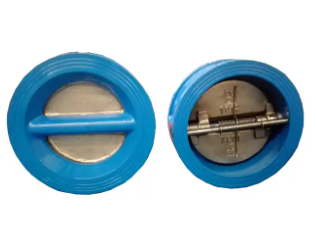
DN200 wafer dual plate Check Valve the spring in stainless steel check valve
Our crew through skilled training. Skilled expert knowledge, solid sense of service, to meet the service needs of customers for Chinese wholesale Good Quality Dual Plate Wafer Check Valve, Our solutions are widely recognized and reliable by users and can satisfy continuously acquiring economic and social needs.
Chinese wholesale China Valve and Check Valve, We would very much welcome an opportunity to do business with you and have pleasure in attaching further details of our merchandise. Excellent quality, competitive prices,punctual delivery and dependable service can be guaranteed. -

Ductiel iron ggg40 Wafer dual plate Check Valve the spring in stainless steel 304/316 check valve
Our crew through skilled training. Skilled expert knowledge, solid sense of service, to meet the service needs of customers for Chinese wholesale Good Quality Dual Plate Wafer Check Valve, Our solutions are widely recognized and reliable by users and can satisfy continuously acquiring economic and social needs.
Chinese wholesale China Valve and Check Valve, We would very much welcome an opportunity to do business with you and have pleasure in attaching further details of our merchandise. Excellent quality, competitive prices,punctual delivery and dependable service can be guaranteed. -

check Valve wafer type with two-piece valve plate the spring in stainless steel check valve
Our crew through skilled training. Skilled expert knowledge, solid sense of service, to meet the service needs of customers for Chinese wholesale Good Quality Dual Plate Wafer Check Valve, Our solutions are widely recognized and reliable by users and can satisfy continuously acquiring economic and social needs.
Chinese wholesale China Valve and Check Valve, We would very much welcome an opportunity to do business with you and have pleasure in attaching further details of our merchandise. Excellent quality, competitive prices,punctual delivery and dependable service can be guaranteed. -

DN150 wafer type Check Valve with two-piece valve disc the spring in stainless steel check valve TWS Brand
Our crew through skilled training. Skilled expert knowledge, solid sense of service, to meet the service needs of customers for Chinese wholesale Good Quality Dual Plate Wafer Check Valve, Our solutions are widely recognized and reliable by users and can satisfy continuously acquiring economic and social needs.
Chinese wholesale China Valve and Check Valve, We would very much welcome an opportunity to do business with you and have pleasure in attaching further details of our merchandise. Excellent quality, competitive prices,punctual delivery and dependable service can be guaranteed. -

DN150 wafer type Check Valve with two-piece valve plate the spring in stainless steel check valve
Our crew through skilled training. Skilled expert knowledge, solid sense of service, to meet the service needs of customers for Chinese wholesale Good Quality Dual Plate Wafer Check Valve, Our solutions are widely recognized and reliable by users and can satisfy continuously acquiring economic and social needs.
Chinese wholesale China Valve and Check Valve, We would very much welcome an opportunity to do business with you and have pleasure in attaching further details of our merchandise. Excellent quality, competitive prices,punctual delivery and dependable service can be guaranteed. -

TWS valve factory provide directly BS5163 Gate Valve Ductile Iron GGG40 GGG50 Flange Connection NRS Gate Valve with gear box
EZ series standard is DIN3352/BS5163;
Size:DN 50~DN 1000
Pressure: PN10/PN16 -
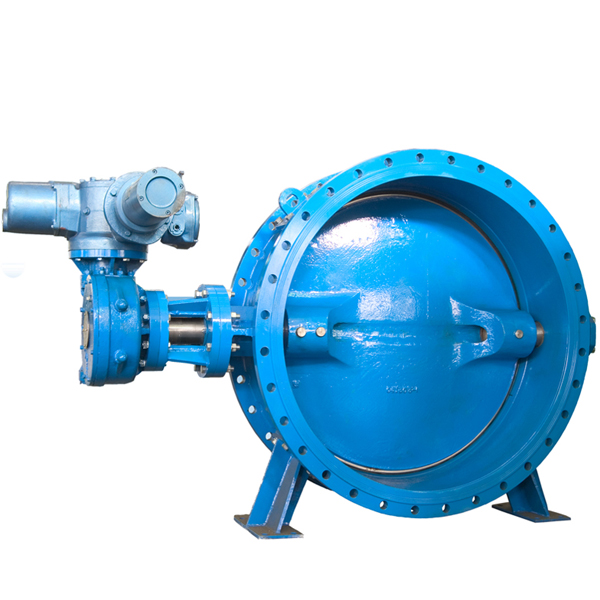
Flanged Type Double Eccentric Butterfly Valve in GGG40, Dry stem type, face to face acc to Series 14 long pattern
DC Series is eccentric design which gives positive leakproof shut off on rubber to metal faces.
Size:DN 100~DN 2600
Pressure:PN10/PN16 -
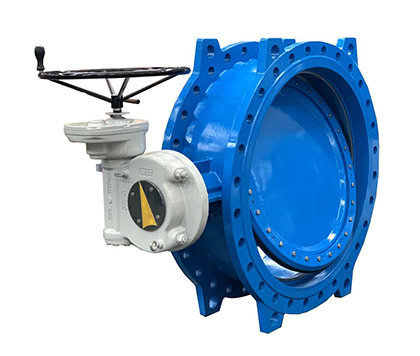
China Certificate Flanged Type Double Eccentric Butterfly Valve in GGG40, face to face acc to Series 14
DC Series is eccentric design which gives positive leakproof shut off on rubber to metal faces.
Size:DN 100~DN 2600
Pressure:PN10/PN16 -
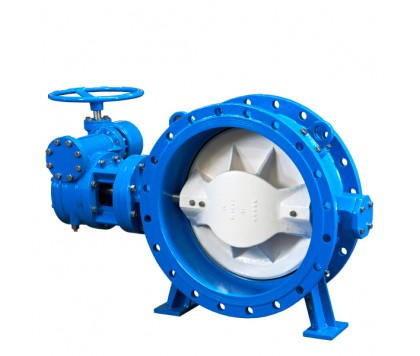
DN1800 DN2600 PN10/16 Casting Ductile iron EPDM Sealing Double Eccentric Butterfly Valve with Mannual operated
DC Series is eccentric design which gives positive leakproof shut off on rubber to metal faces.
Size:DN 100~DN 2600
Pressure:PN10/PN16 -

DN1600 PN10/16 Casting Ductile iron EPDM Sealing Double Eccentric Butterfly Valve with Mannual operated
DC Series is eccentric design which gives positive leakproof shut off on rubber to metal faces.
Size:DN 100~DN 2600
Pressure:PN10/PN16



